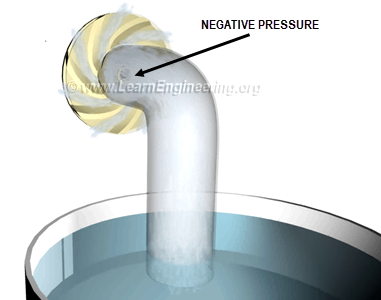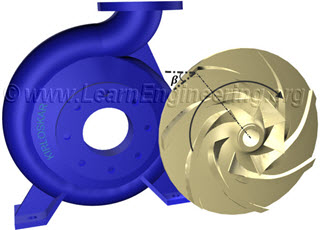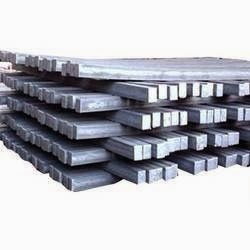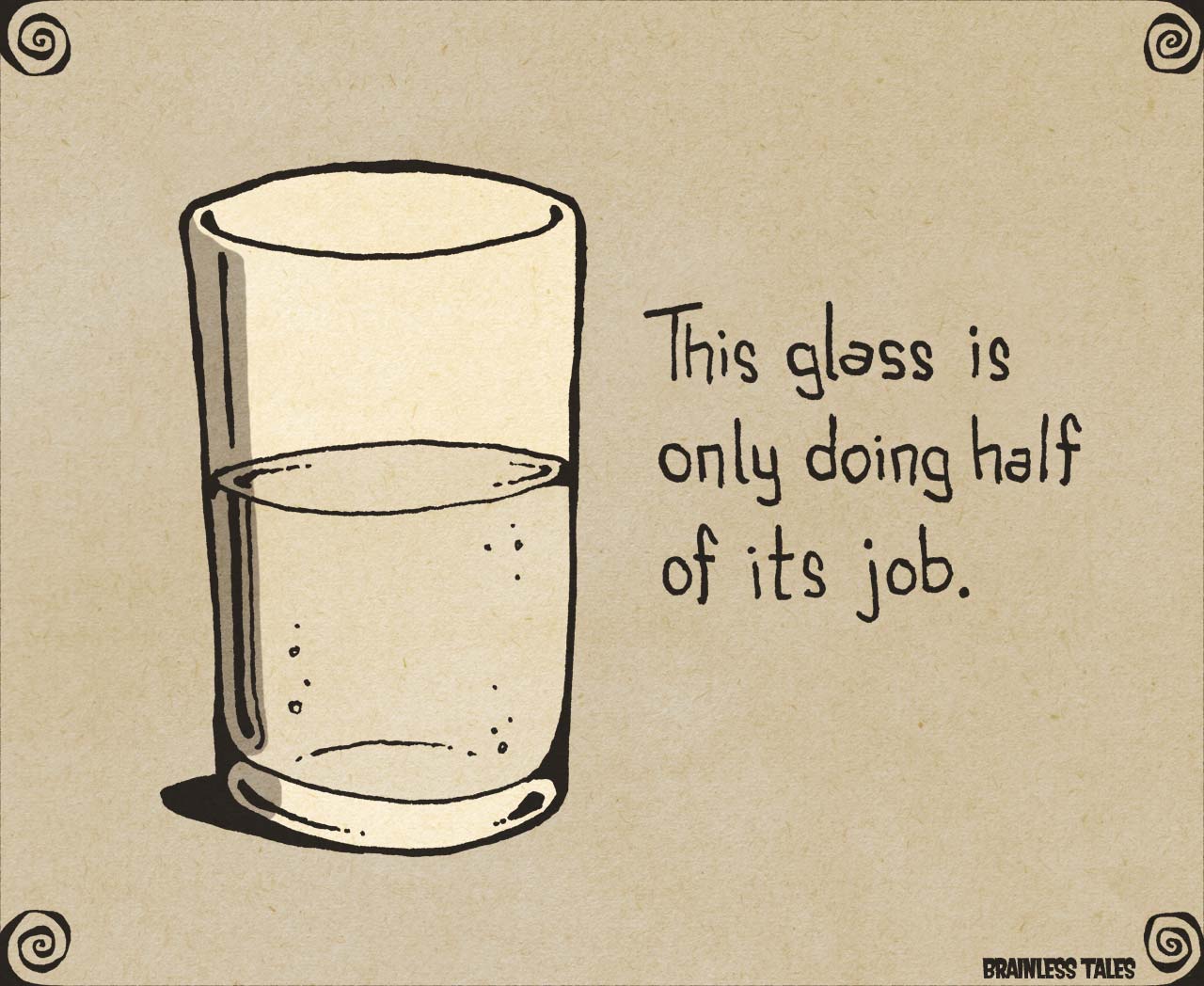A breath-taking rally in iron ore prices in recent weeks has put the sector back in bull market territory, but strategists warn that the upside may be short-lived.
The beleaguered commodity has recovered 25 percent since hitting a ten-year low of $46.70 per metric ton earlier this month; a 20 percent gain from recent lows is typically considered in bull market territory.
Spot prices traded just below $60 a ton on Tuesday, extending a two-and-a-half week run and pushed Australia's benchmark stock index to seven-year highs on Monday.
"Let's not get too carried away. Iron ore is still down 60 percent over the course of 12 months and the supply-demand response has not changed," warned Gaurav Sodhi, resources analyst at Intelligent Investor. This [rally] is a short-term bump; it's not suggestive of a change of trend."
Capital Economics agrees: "The bigger picture is that the market remains massively oversupplied. As such, we expect prices to fall back once market dislocations ease," senior commodities economist Caroline Bain said in a note.
Increased Chinese demand for the key steelmaking ingredient is fuelling current price gains. The China Iron and Steel Association (CISA) reported on Friday that output rose 5.1 percent in the first ten days of April compared with the previous ten days.
An additional boost came from BHP Billiton's recent announcement to delay plans to expand its Port Hedland facilities, signaling reduced output. April's reserve requirement ratio cut from the People's Bank of China also lifted sentiment on expectations the stimulus will translate to more infrastructure spending.
Oversupply still in place
A supply glut from top producers saw iron ore halve in value last year and Sodhi says the market remains plagued by oversupply, with 300 million additional metric tons due to come online over the next two years.
Weak China demand
Iron ore is the raw material used in steel, and with output from world's top producer China remaining on the downtrend, iron ore prices will remain under pressure.
The rebound in Chinese steel output in April came from an unusually low base, noted Capital Economics. Production from January to March dropped 1.7 percent on year, marking it the worst first quarter in a decade.
The World Steel Association expects Chinese steel demand to shrink 0.5 percent to 707 million metric tons this year and fall to 703.7 million tons in 2016.
For now, China has yet to prove it is back in the game, IG's Lucas said. "If iron ore can sustain these prices for a month, then we will know China is absorbing the supply glut. But, be aware the price trend hasn't been broken and a snap back is likely."





















